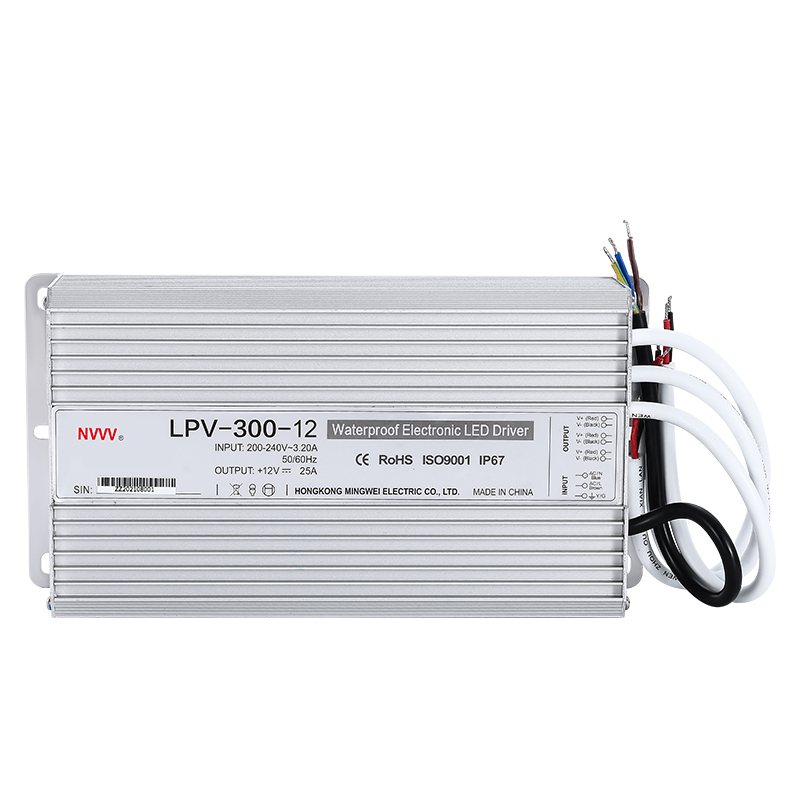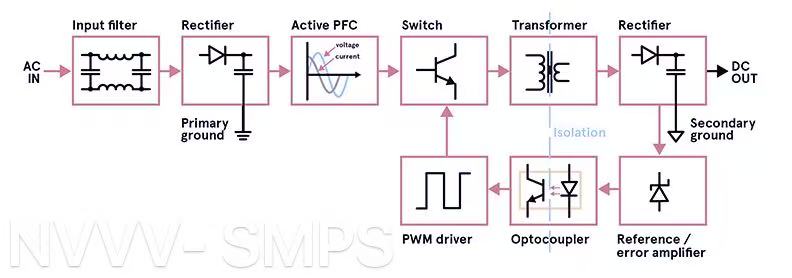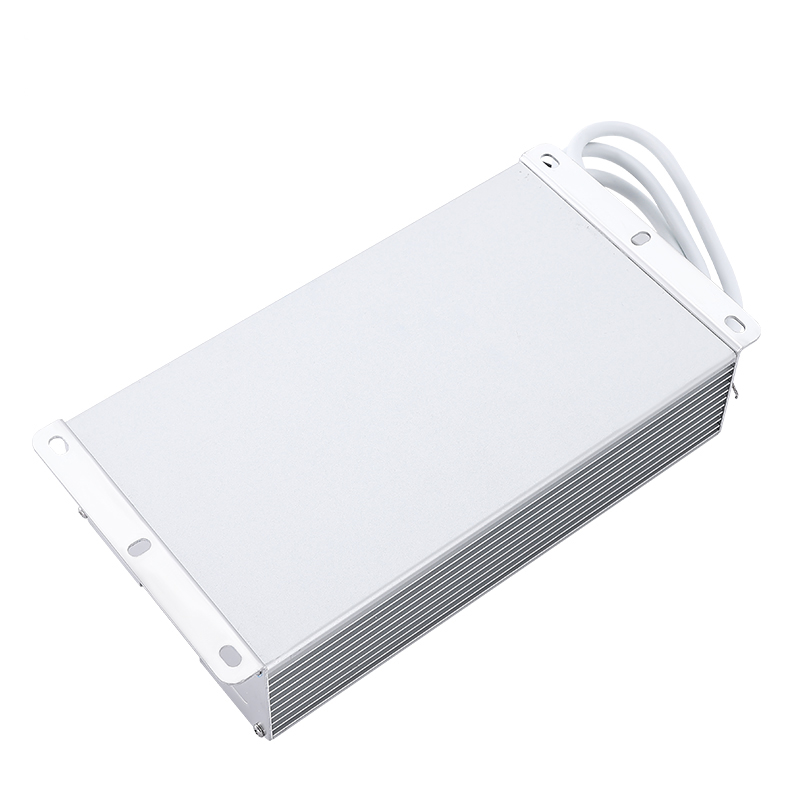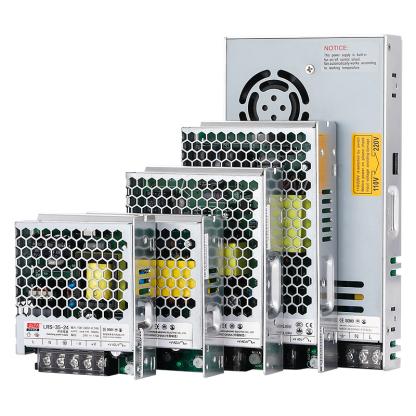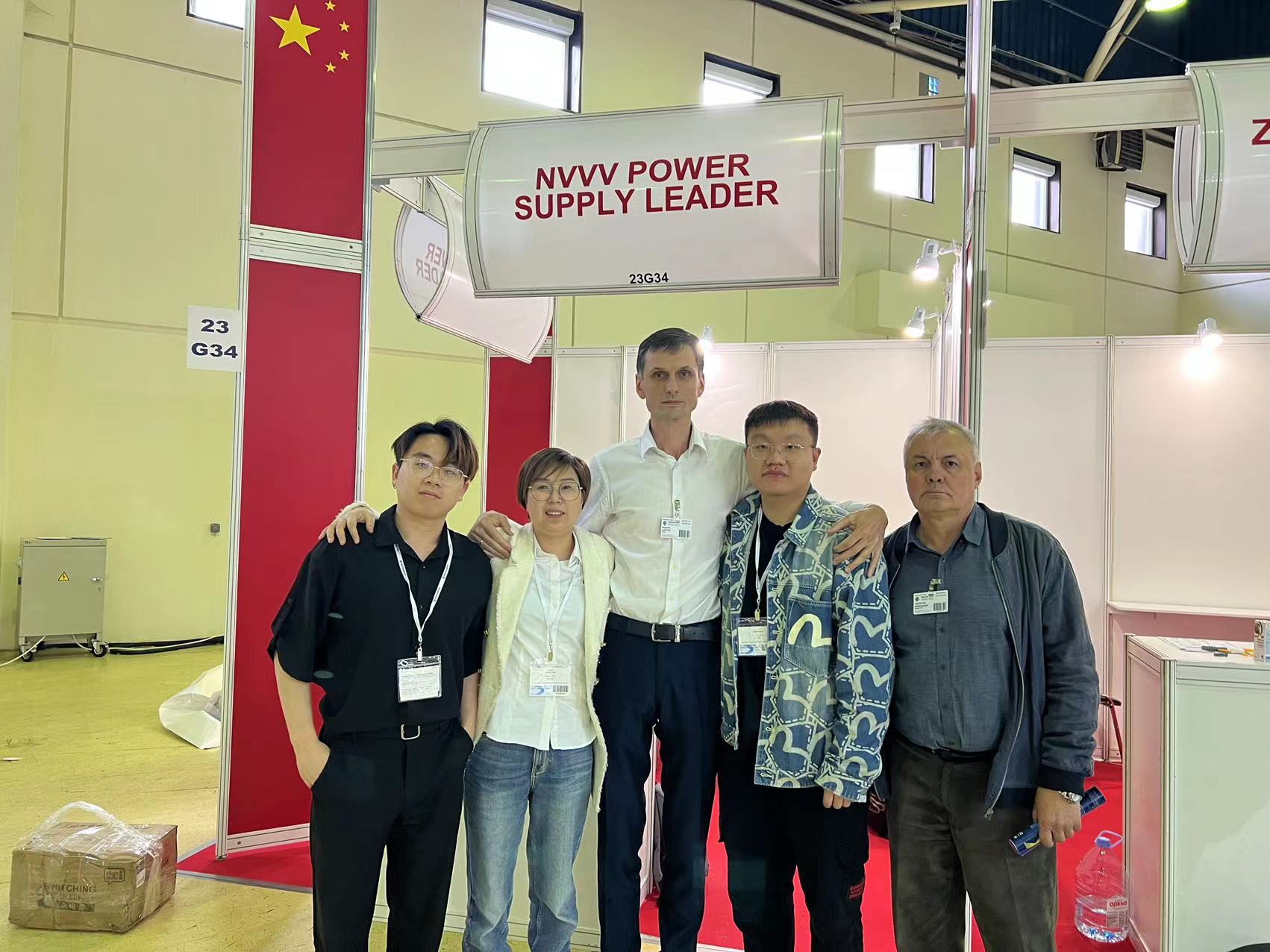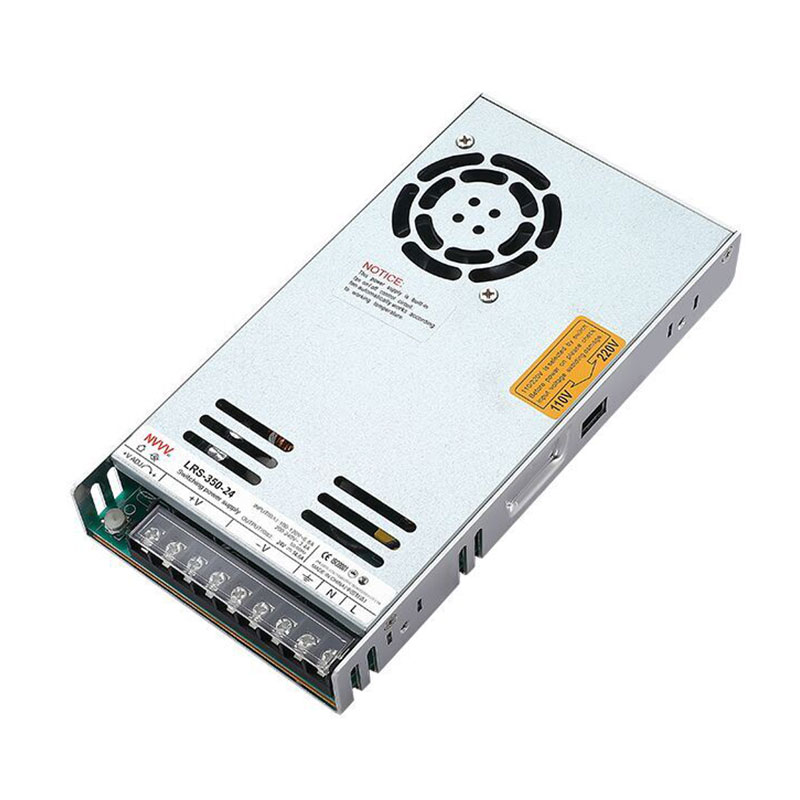How a Switching Mode Power Supply Can Save You Energy, Space, and Headaches?
Powering complex systems requires more than just raw electricity—it demands precision, consistency, and long-term efficiency. Whether you're designing an automated control panel, a robust telecommunications hub, or an advanced production line, the choice of power supply directly impacts your system’s performance and reliability. Among the available options, the switching mode power supply (SMPS) has steadily become the go-to solution in high-demand environments. But why is this technology so widely adopted? And how do you determine which type best suits your application?
In this article, we’ll explore the top reasons SMPS is favored by engineers and system integrators across industries, using a question-based structure that mirrors how most professionals search for practical, trustworthy information. By the end, you’ll have a clearer understanding of what makes SMPS not only efficient—but essential.
Table of Contents
-
What Makes Switching Mode Power Supplies So Efficient Compared to Linear Options?
-
When Should You Consider a Custom SMPS Over a Standard Model?
-
What Features Should You Look for in a High-Quality Switching Mode Power Supply?
-
How Do You Know Which SMPS Model Is Right for Your Application?
What Makes Switching Mode Power Supplies So Efficient Compared to Linear Options?
When it comes to powering modern industrial systems, energy efficiency isn’t just a performance metric—it’s a cost driver, a design enabler, and increasingly, a sustainability standard. One of the most significant advantages of a switch mode power supply (SMPS) is its ability to convert energy with far less loss compared to linear power supplies. While traditional linear designs can waste a substantial portion of incoming energy as heat, SMPS units achieve much higher efficiency—often 80% to 95%—by using high-frequency switching techniques and storing energy temporarily in inductors and capacitors.
This high-frequency operation enables SMPS units to regulate output without relying on large, heat-dissipating resistors, dramatically reducing size and weight. That’s why SMPS is found in compact control cabinets and systems with space constraints. Moreover, better thermal performance means less need for oversized heat sinks or active cooling systems, which not only saves physical space but also reduces long-term maintenance costs.
For industries operating 24/7, the savings are exponential. Imagine a manufacturing plant with dozens of control panels—upgrading from 65% to 90% efficiency across those units can lead to thousands of dollars in yearly energy savings. And beyond cost, efficiency also means fewer voltage dips, less stress on components, and extended operational life for downstream systems.
How Does SMPS Enhance System Reliability and Longevity?
A system is only as reliable as the power behind it. One of the most compelling reasons engineers choose a switched mode power supply (SMPS) is its ability to protect and stabilize systems under various operating conditions. Power disruptions—such as spikes, sags, or harmonic distortion—can damage sensitive electronics or create unpredictable behavior in control systems. SMPS units are built with multiple layers of protection: overvoltage shutdown, overcurrent limiting, thermal protection, and even soft-start functions that prevent high inrush currents during power-up.
Beyond protection, SMPS offers tight voltage regulation across a wide load range, making it ideal for applications that require precision, such as PLCs, motion control systems, or network servers. This means your equipment receives consistent voltage even when the demand fluctuates, which reduces wear on components and minimizes error rates.
Another key factor is its performance in challenging environments. Many high-quality SMPS models are designed to function within wide temperature ranges and can tolerate humidity, vibration, and even airborne contaminants if housed properly. This resilience is especially valuable in sectors like manufacturing or outdoor installations, where conditions are less than ideal.
Long-term reliability is further supported by the use of solid-state switching components that degrade slower than older transformer-based linear systems. Combined with high-quality capacitors and optimized thermal design, an SMPS can achieve MTBF ratings exceeding 100,000 hours, depending on the model. That level of reliability reduces downtime, lowers replacement cycles, and enhances overall system stability—critical in environments where interruptions are costly or unacceptable.
When Should You Consider a Custom SMPS Over a Standard Model?
While off-the-shelf SMPS models are perfect for many use cases, there are times when a custom power solution delivers significantly better performance and ROI. You should consider a custom SMPS if:
Your system operates in extreme environments (e.g., temperature extremes, high vibration, or humidity)
You need multiple output voltages or a wide input voltage range
Compliance with specialized certifications is a must (e.g.,CE, MIL-STD)
Space constraints require unconventional mechanical form factors
Custom designs can also address EMI (electromagnetic interference) challenges more precisely, a growing concern in communication and precision control systems. For instance, a bespoke design might integrate better shielding, optimized filtering, or enhanced thermal dissipation—improving both compliance and reliability.
More manufacturers today offer flexible customization options, reducing the cost and lead time historically associated with tailored solutions. So if your system is unique in power demands, don’t assume a standard SMPS will check all boxes.
What Features Should You Look for in a High-Quality Switching Mode Power Supply?
Choosing the right switching power supply goes beyond just wattage and output voltage. For long-term performance, it's important to evaluate a range of technical features and reliability metrics. Here’s what to prioritize:
Wide Input Range: Supports global voltage standards and tolerates input fluctuation
Active PFC (Power Factor Correction): Minimizes energy waste and improves grid compatibility
Low Ripple and Noise: Prevents interference with sensitive electronics
Efficiency at Partial Loads: Not all systems run at full power—ensure good efficiency under typical loads
MTBF (Mean Time Between Failures): A key indicator of product reliability
Thermal Management: Look for units with efficient airflow design or heat sinks for longevity
You might also want to consider additional features like remote sensing, remote on/off control, or redundancy support for mission-critical systems. These added capabilities ensure your power supply can scale with evolving system demands.
How Do You Know Which SMPS Model Is Right for Your Application?
Selecting the best-fit SMPS starts with understanding your load profile. Is it purely resistive, inductive, or a mix? Is the load static or dynamic? For example, motors, solenoids, and LED drivers might demand higher inrush current handling, whereas logic circuits require ultra-stable voltage.
Also consider:
Operating environment (ambient temperature, humidity, vibration)
Safety certifications required for your region or industry
Form factor compatibility with existing panels or enclosures
It’s often helpful to start with a power margin of at least 20–30% above your peak load to ensure future scalability and avoid pushing components to their limit. Also, ensure your chosen SMPS has short-circuit protection and auto-recovery features to simplify maintenance.
Some brands also provide simulation tools or field support to help optimize your power architecture—a valuable resource when making decisions for long-term system investment.
Final Thoughts: Why Engineers Trust NVVV for Reliable Switching Mode Power Supply Solutions
Whether you're powering precision sensors in a production line, communication gear in a telecom hub, or controllers in HVAC systems, your power source determines your system’s reliability and efficiency.
NVVV has built a reputation by delivering robust and efficient switching mode power supply solutions tailored for high-demand environments. With a focus on performance, safety, and smart integration, NVVV products are designed to meet the real-world challenges faced by engineers and system architects every day.

